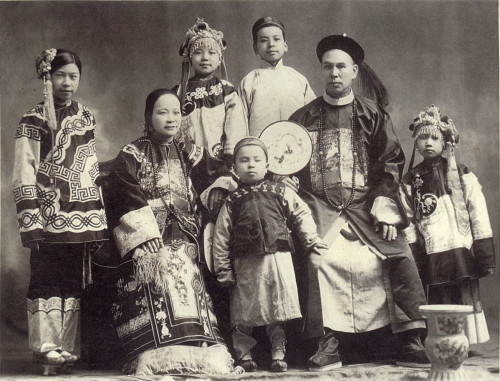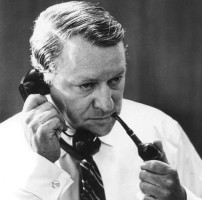Chinese medicine is a rich medical system that has existed in some form for more than 3,000 years.
The earliest-found writings, on pieces of tortoise shells and bone, date back to the Shang Dynasty (15th to 11th centuries BCE). Foundational Chinese medicine texts date back to the Han Dynasty (206 BCE to 220 CE). These ancient writings describe a medicine that focused on the circular movement of qi (氣, qì, pronounced “chee,” air or vapor) and xuè (血, “shui,” blood). Ill health is understood as stagnation, deficiency, or the improper movement of qì or xuè, and may result in an imbalance of yīn(陰)and yáng (陽).
These disharmonies were understood in terms of concepts that are very different from the conceptual basis of Western medicine, which focuses on ideas about disease that center on a linear sequence of adverse events leading to a frank state of pathology that was not only observable but also tangible. Over several millennia, Chinese medicine has evolved into a sophisticated medical system with its own understanding of anatomy, physiology, pathology, and therapeutics.

In the 19th century, Chinese people migrated to the United States to work on the transcontinental railroad and the California Gold Rush. With them came Chinese medicine, which was then practiced exclusively in Chinese communities. In China in the 1950s and ’60s, the Chinese government codified Traditional Chinese Medicine, which had formerly been practiced by local healers who had verbally passed their knowledge on through generations. Chinese medicine remained relatively unknown to the American public until the early 1970s.
In 1971, while in China with Henry Kissinger, New York Times reporter James Reston was treated for acute appendicitis. After emergency surgery, Reston received acupuncture treatments and was amazed at its positive benefits. When he returned to the United States, he wrote about his experience (“Now, About My Operation in Peking,” New York Times, July 26, 1971). This article is widely regarded as the first introduction of Chinese medicine to the American public.

The Chinese medical therapy that is probably best understood in the West is acupuncture, the insertion of very fine needles into specific superficial locations on the surface of the body. Described in Chinese medical literature as harmonizing qì and xuè, acupuncture has been used for centuries to treat a variety of disorders by restoring harmony of yīn and yang, qì and xuè. While acupuncture is well known, it is only one of many tools that the Chinese medical practitioner uses to restore health. The use of Chinese herbs, cupping, Chinese therapeutic massage (tuina), qì-based practices such as qigong and taichi, and dietary recommendations are only some of the other modalities used in Chinese medicine to restore and maintain health, and to treat patients with specific disorders.
Ultimately, the concept of holistically restoring health is understood in Chinese medicine to be more than merely the absence of disease. By restoring and maintaining harmony throughout the body, and understanding the body as an integrated whole, the Chinese medical provider is able to support the body to be as healthy as possible, even when disease is present. This allows the Chinese medical practitioner to provide supportive care for patients with serious illnesses such as cancer, hepatitis and AIDS. The specific pain reducing impact of acupuncture and some Chinese herbs makes them ideal for the treatment of chronic pain. In China, acupuncture is practiced side by side with Western medicine in hospitals and clinics. In the United States, Chinese medicine is also becoming increasingly integrated with biomedical practices and is often used in conjunction with medical treatments and psychological care.
Chinese medical providers, most frequently referred to as acupuncturists, are licensed as a separate profession in 44 states and the District of Columbia. Approximately 27,000 such providers work as independent providers in the health-care community to treat a variety of medical conditions as well as support the maintenance of health and reduction of stress. US-trained acupuncturists have provided emergency support in areas as diverse as Haiti, the US Gulf Coast and Nepal.
Learn more about Chinese medicine by visiting our blog or scheduling your appointment at our community clinic.